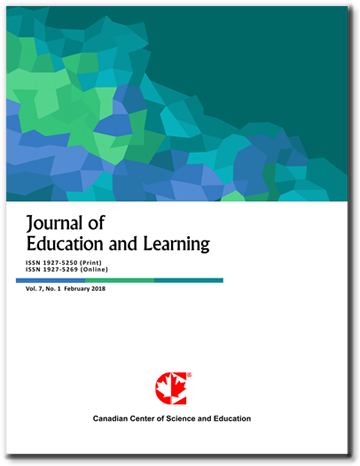A Needs Analysis for Developing a Blended Learning–Driven Communicative Language Teaching Instructional Model to Enhance Primary Students’ English Communication Skills
- Unchalee Buacokrung
- Prin Tanunchaibutra
- Sungwean Pinagalung
Abstract
This study conducted a needs analysis to inform the development of a blended learning-driven communicative language teaching model aimed at enhancing English communication skills among primary school students. The research sought to examine current conditions, identify challenges, and determine key factors essential for designing an effective blended learning framework tailored to primary English education. The study employed a mixed methods research approach, integrating both quantitative and qualitative data collection and analysis to provide a comprehensive understanding of the educational context. A total of 250 primary English language teachers were purposively sampled to participate, alongside in-depth interviews with five experienced teachers and eight students. Data collection included a structured questionnaire and semi-structured interviews. Quantitative analysis showed that teachers perceived significant challenges across instructional domains, with the highest emphasis placed on learning materials and resources (M = 4.17, SD = 0.75), while blended learning was rated lower but still within a high range (M = 3.86, SD = 0.84), reflecting its underdeveloped status in practice. Qualitative thematic analysis revealed that, despite positive attitudes toward blended learning, teachers lacked adequate training to implement it effectively, while students favored interactive, technology-enhanced activities that support speaking and vocabulary development. Both groups emphasized the importance of authentic materials, engaging digital tools, and active learning strategies. These insights will guide the creation of a contextually relevant blended learning model designed to enhance communicative competence in English at the primary education level.
- Full Text:
 PDF
PDF
- DOI:10.5539/jel.v15n1p373
Journal Metrics
Google-based Impact Factor (2021): 1.93
h-index (July 2022): 48
i10-index (July 2022): 317
h5-index (2017-2021): 31
h5-median (2017-2021): 38
Index
Contact
- Grace LinEditorial Assistant
- jel@ccsenet.org
